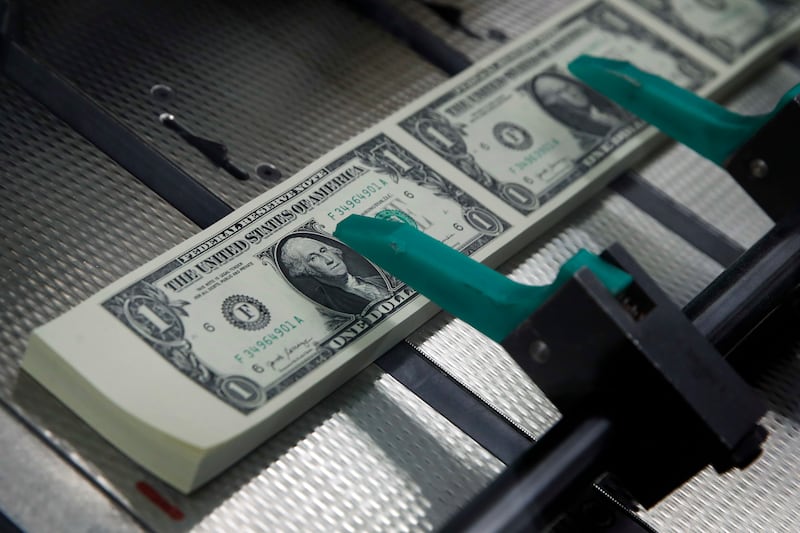Many economists and politicians agree: The current pandemic demands greater spending in Washington to minimize the pain to businesses and individuals.
This isn’t just a reflection of the theories of 20th century economist John Maynard Keynes, who popularized the idea that governments should overspend during times of economic slowdown, although that’s part of it. This is more a reflection of how the coronavirus pandemic has hurt people through no fault of their own. The nation’s problems were not caused by any inherent weakness in the economy, and government has played a role in forcing economic contraction in the name of public safety.
But that doesn’t mean runaway deficit spending can shrug off its natural consequences. Nor does it mean those consequences won’t someday cause as much, or more, economic pain than the pandemic. The rules of economics have not changed.
Rep. John Curtis, R-Utah, is sponsoring a bill that would, at least in concept, force Congress to deal with those long-term consequences. The bill wouldn’t keep Congress and the president from borrowing massive amounts to stimulate economic growth. But it would require lawmakers to come up with a plan to offset emergency or disaster spending within 10 years. It would have two years in which to formulate such a plan.
If they failed to do so, automatic spending cuts would be imposed across the board.
The idea is sound. Even the world’s largest economy, with the world’s most stable reserve currency, can’t go on printing an infinite amount of dollars without impacting its ability to fund programs, promote growth or stave off inflation.
However, we worry Curtis’ bill may not be politically feasible. So long as the natural consequences of overspending have not hit with force, politicians have little incentive to be careful or accountable.
While the stock market has gyrated in recent weeks, the benchmark 10-year Treasury rates remain low, which signals that investors still have confidence in the full faith and credit of the United States. Two ominous signs of economic disaster — persistent deflation or hyperinflation — are nowhere to be seen.
And yet the spending numbers are stunning. Congress and the president have enacted four emergency packages to offset economic decline, totaling $2.4 trillion. The House just passed a fifth package of more than $3 trillion, although its chances of passing the Senate appear slim.
The national debt has galloped past $25 trillion, and the official annual budget deficit now stands at $2.8 trillion and growing. That yearly deficit now equals 13.05% of the nation’s annual economic output, or gross domestic product.
Washington may have the ability to print money as it pleases, but it cannot ignore interest on its debts, which now net about $383 billion per year, according to usdebtclock.org.
Maya MacGuineas, president of the bipartisan Committee for a Responsible Federal Budget, told CNN business, “The breaking point is like an invisible dog fence. You don’t know where it is, but if you actually hit it, it’ll be a huge problem.”
We applaud Curtis for trying to get Congress to deal with that invisible fence now, before it becomes a national catastrophe. Even in times of need, spending must be done in a careful and accountable way.

